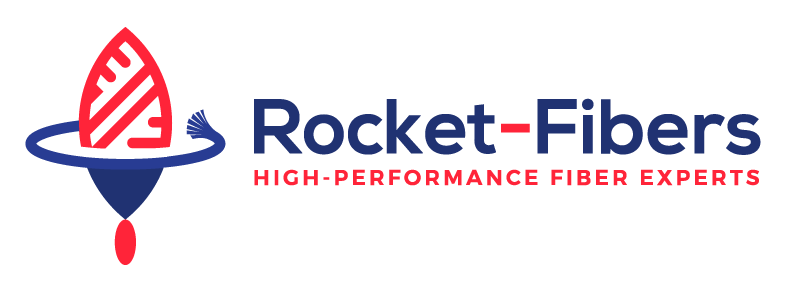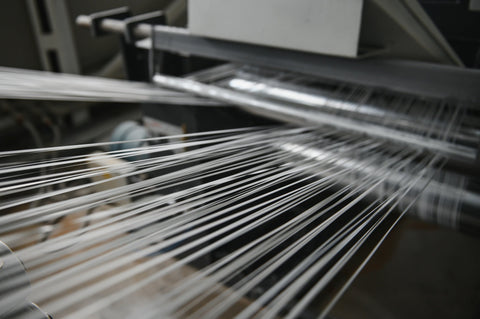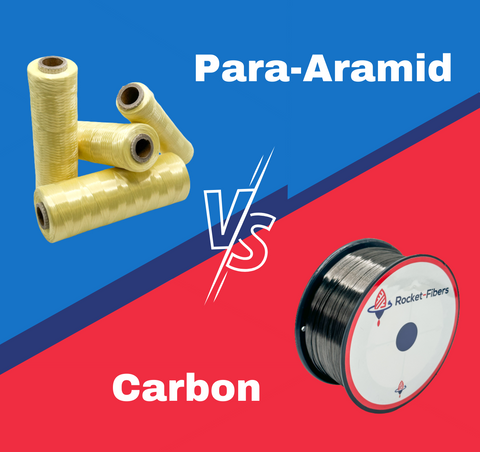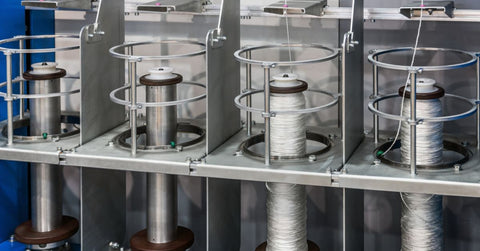Introduction
The development of high-performance fiber products has revolutionized numerous industries, from construction and manufacturing to sports and safety equipment. Selecting the right high-performance fiber product for specific applications requires a comprehensive understanding of various parameters, including the fiber's properties, the environment it will be subjected to, the ideal fiber format, and the potential for enhancements through specialty coatings. This article offers a detailed roadmap to assist in choosing the optimal high-performance fiber product for your application.
Step 1: Selecting the Right Fiber
Selecting the right fiber necessitates a strong understanding of the fiber's properties and how they align with the operational environment and technical requirements such as break strength or diameter. Each fiber type exhibits unique mechanical, chemical, and thermal properties that dictate its suitability for specific applications.
Mechanical properties like break strength and diameter are critical in determining how much load a fiber can bear before it fails and the space it will occupy, respectively. Furthermore, the fiber's resistance to environmental factors such as UV radiation, moisture, or temperature extremes should align with the conditions it will encounter in its intended application. For instance, a fiber used in marine applications should have superior water and UV resistance, whereas a fiber utilized in the aerospace industry should demonstrate excellent tensile strength and thermal resistance.
Key Considerations
- Break Strength / Modulus Requirement
- Diameter Limitations
- Static/Dynamic
- Cyclic Loading
- Temperature & Environment
Step 2: Determining the Ideal Fiber Format
Understanding the fiber's ideal format is the second crucial step. Fiber formats include “flat” or “raw” fibers, twisted single fibers, twisted or braided ropes and cords. The format selection depends largely on the application and the performance requirements.
“Flat” or “raw” fibers, the simplest form of fibers, are suited to straightforward applications requiring minimal manipulation. In contrast, twisted single fibers offer up to 15% increased strength and flexibility, making them more appropriate for applications demanding resilience.
Twisted ropes or cords are created by successive twists in the opposite direction of the previous twist This is commonly known as cable twist or an “Z-S-Z” or “S-Z-S” twist. This process provides enhanced strength and durability, ideal for heavy-duty applications like heavy load lifting. Braided cords, which consist of multiple interwoven fiber strands, are perfect for applications that require superior strength and flexibility, such as rock climbing ropes or industrial-grade slings.
Applications may require the properties of our high-performance Craq-Spun® threads are ideal for applications where the fiber hand, flexibility, temperature resistance, and wearability are critical.
Key Considerations
- Twisted Designs
- Single twist
- Plied
- Cords/Cables
- Braided Designs
- Solid/Hollow
- Diamond/Double
Step 3: Applying Specialty Coatings for Extra Performance
If the application calls for additional performance that the base fiber and format cannot deliver, specialty coatings can sometimes be applied. These coatings can offer increased durability, improved fiber-to-fiber friction, superior resistance to environmental exposure, and advanced chemical resistance.
For instance, if additional abrasion resistance is needed, a polyurethane coating could be applied. Polyurethane enhances the fiber's resistance to wear and tear, significantly improving its lifespan in abrasive environments. Alternatively, if improved adhesion is required, coatings designed to increase the surface roughness of the fiber can be used. This can be particularly useful in applications where the fibers are combined with other materials and a strong bond is necessary.
Conclusion
The selection of the right high-performance fiber product involves a thorough understanding of the application's unique requirements, the operational environment, and the properties of different fiber types, formats, and coatings. By carefully assessing these factors, you can ensure that the chosen fiber product will effectively meet the application's demands. Such a meticulous approach guarantees optimal performance, longevity, and cost-effectiveness, making your high-performance fiber product a reliable asset in your specific application.



